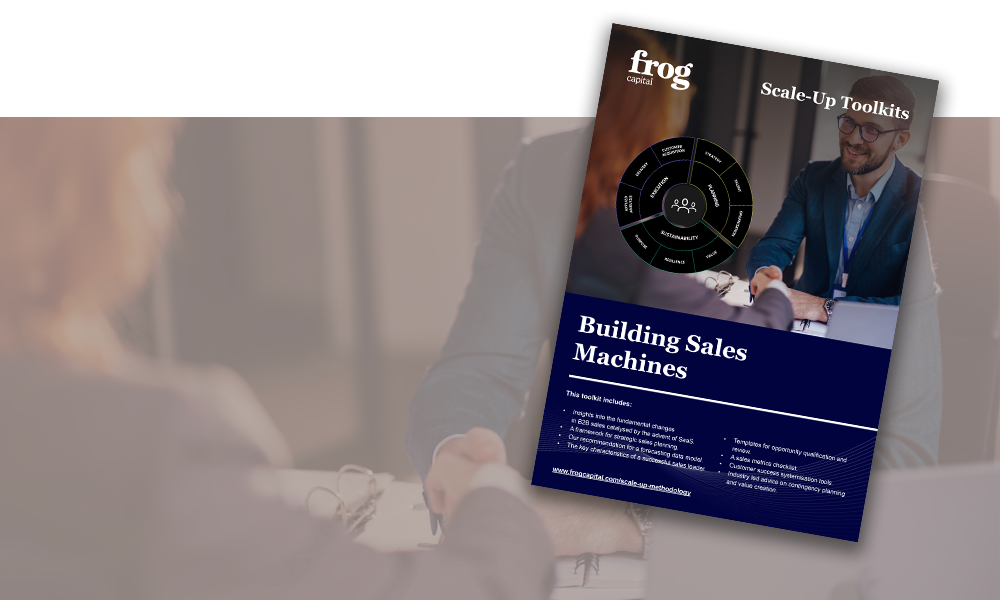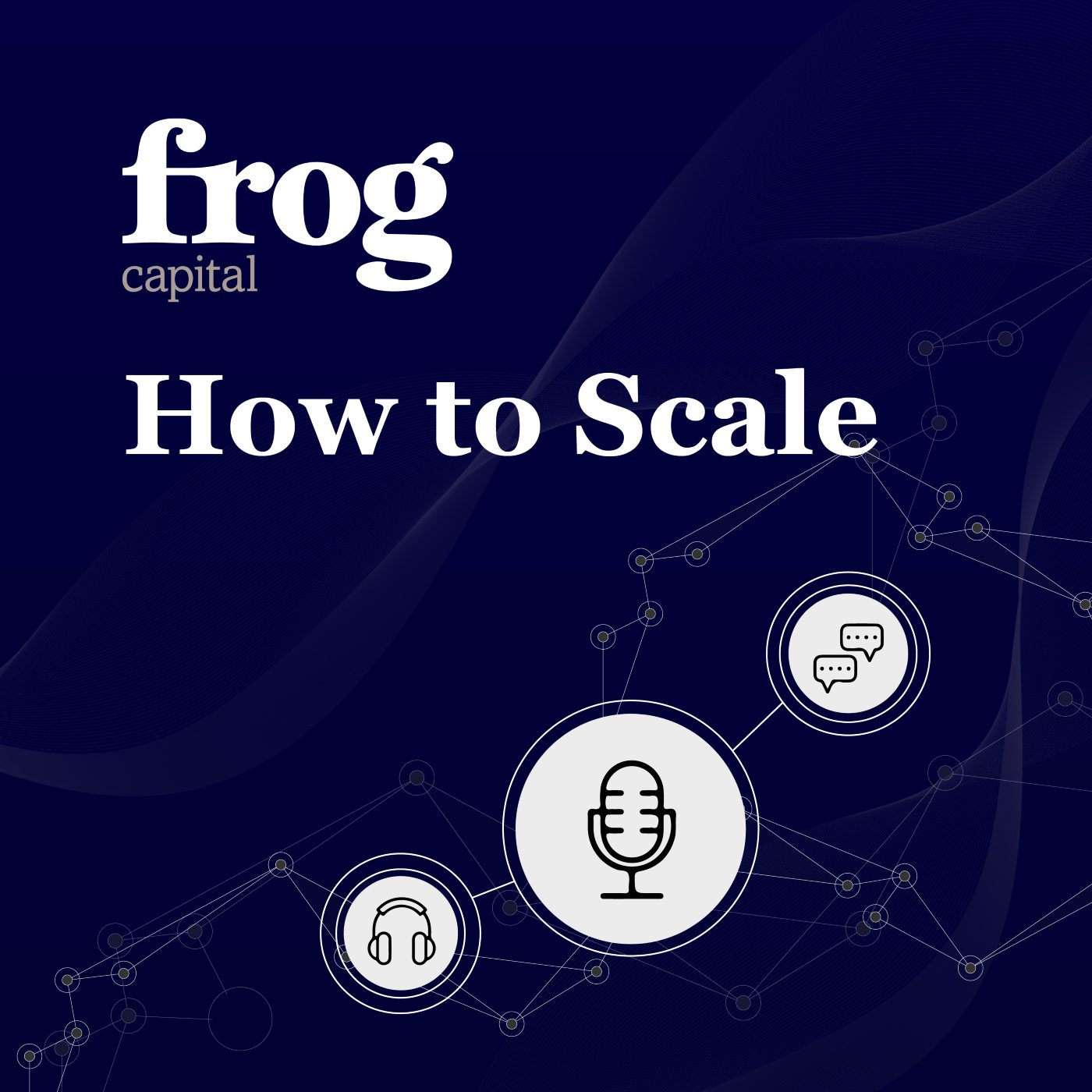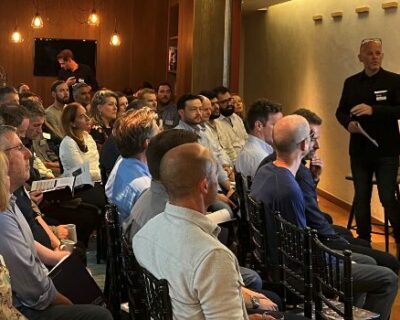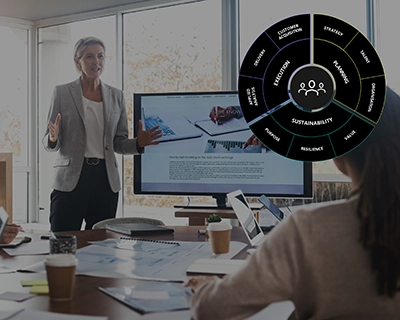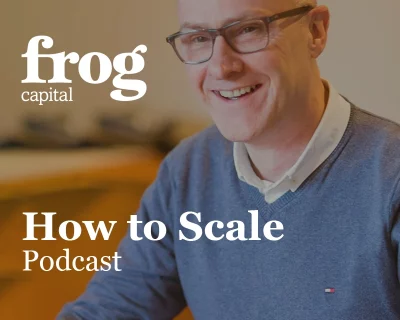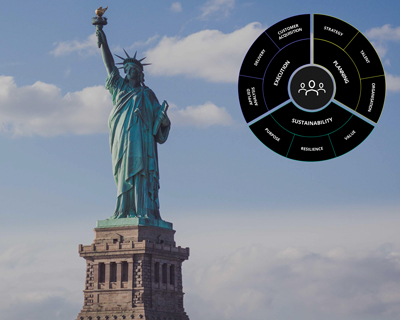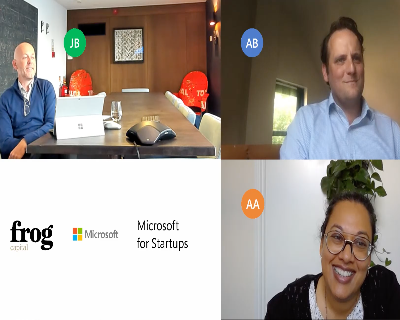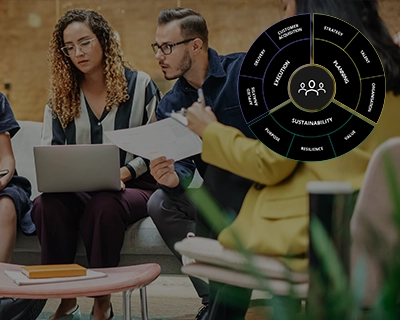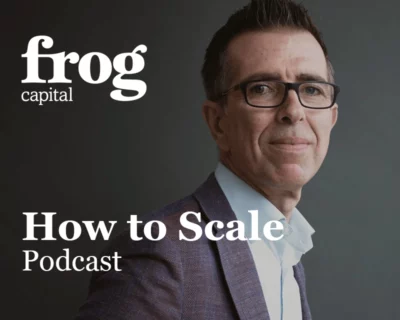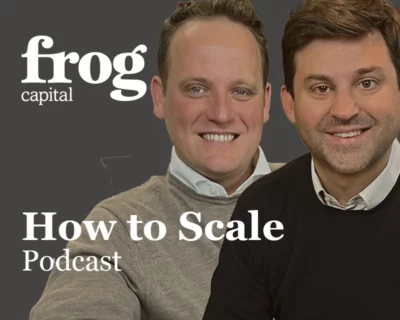Perhaps the biggest change seen in software sales has come relatively recently and yet it’s been transformative in how we have all had to think about sales planning
Until recent times, software tended to be sold as a capital item on a licensed basis. Indeed, when I started out not only was all the cash collected up-front, but total deal revenue was also recognised in the month the order was taken. Soon, however, our colleagues in Finance were spreading the revenue in twelfths across the year as the current SaaS model began to crystallise across technology.
From licenses to SaaS
What we have today though is something much more evolved and it has significant repercussions for the salesperson and the entire business model. Whereas in the past we may have sold a 3-year licence for £100k in year 1 and another £20k in year 2 and again in year 3. Nowadays we will simply sell a £3,000 monthly fee, with huge emphasis on upsell across the lifetime of that relationship. This means, then, that profits on this particular deal can be materially delayed and dependent on the customer remaining satisfied and regularly renewing. It also has ramifications for sales cycles, implementation and account management, now called onboarding and Customer Success, typically.
The old model also allowed companies to rely on a few ‘big-hitters’ to close huge deals at quarter end to rescue their year. In fact, the move away from ‘superhero selling’ has dramatically changed the entire profile of people being hired. The average age range has come down dramatically, as have the basic salaries and even the compensation is different.
In the late nineties, salespeople typically did everything: prospecting, partner liaison, bid management, account management, renewals etc. Today, there are a plethora of, typically, less experienced people carrying job titles such as SDR, BDR, AE, CSM and more.
James Bagan
So, the advent of SaaS means the business will need a plan that covers:
- Consistent revenue delivery throughout the year
- A regular (and larger) flow of leads and opportunity
- A multitude of salespeople in different roles
- An ability to keep and grow customers, not only win them
- Proper coordination and support across all of these disciplines
This toolkit includes:
- Insights into the fundamental changes in B2B sales catalysed by the advent of SaaS
- A framework for strategic sales planning
- Our recommendation for a forecasting data model
- The key characteristics of a successful sales leader
- Templates for opportunity qualification and review
- A sales metrics checklist
- Customer success systemisation tools
- Industry led advice on contingency planning and value creation


